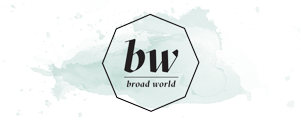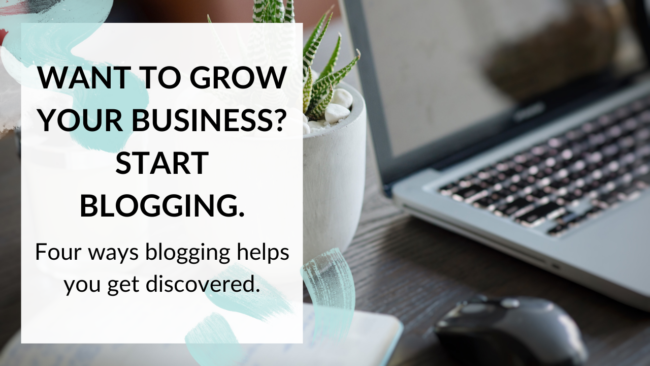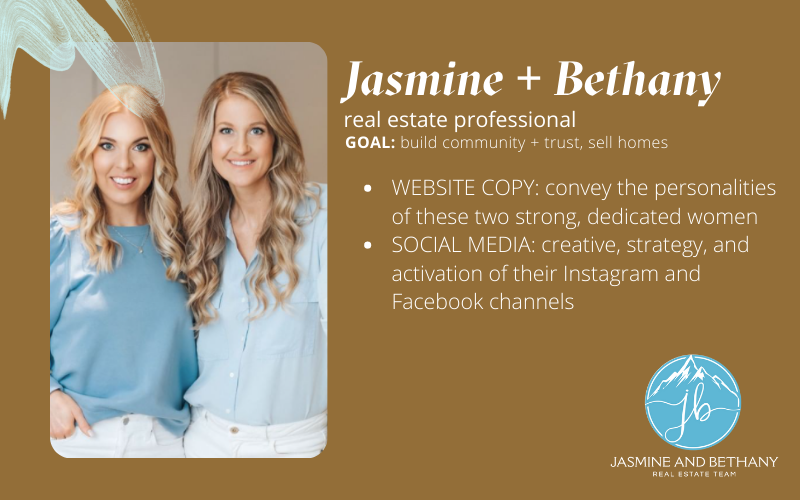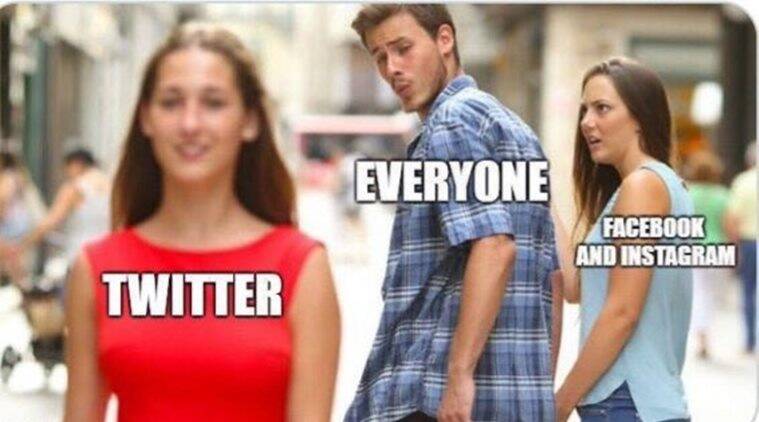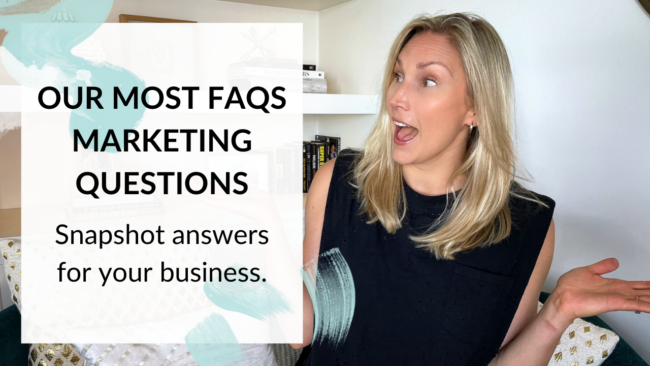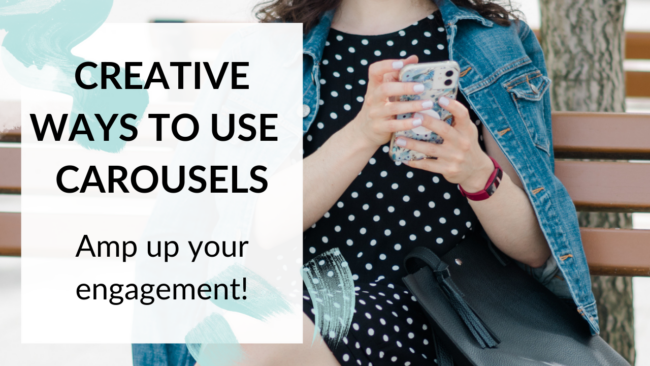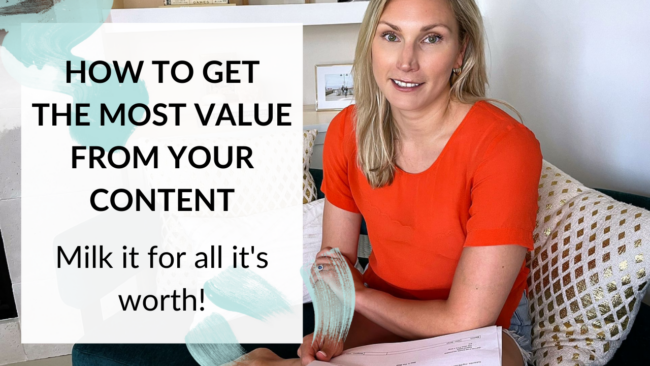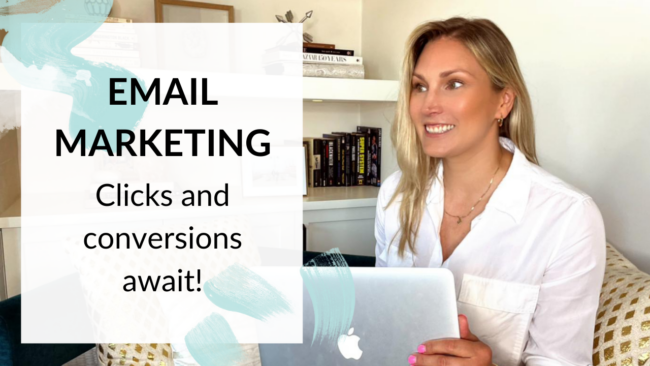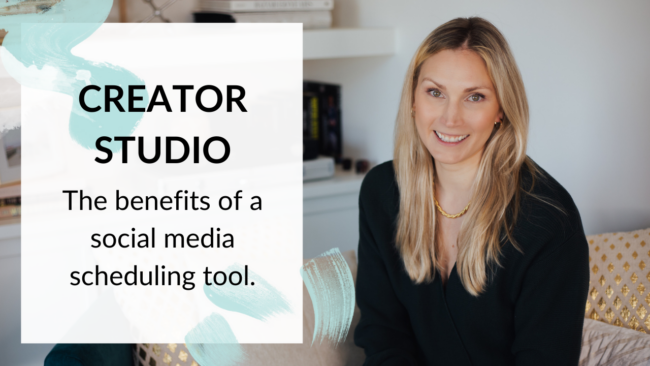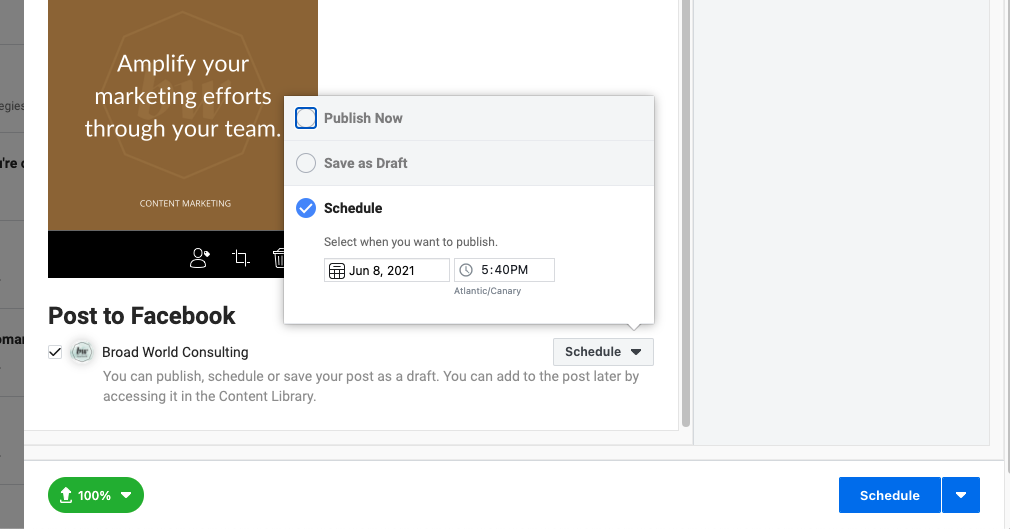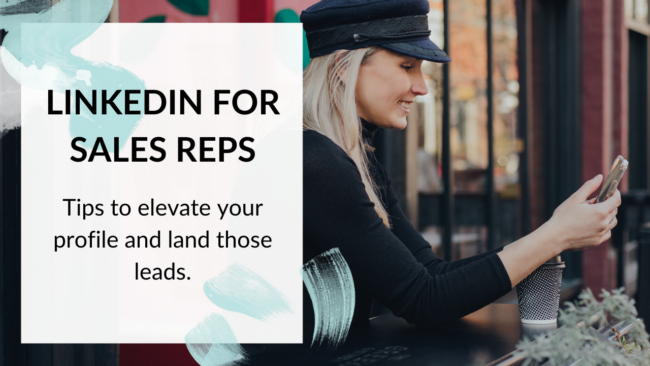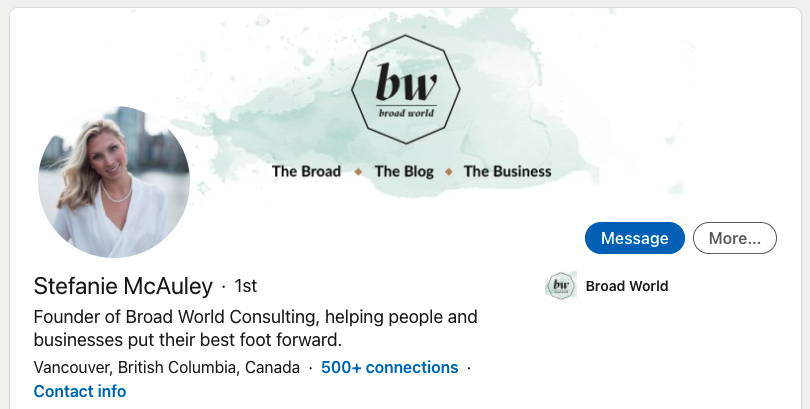Blog content for your business: why it’s a digital marketing must have
Blogs aren’t only for travel influencers, sports fans, and parents — they’re a big part of an effective content marketing strategy for businesses of all sizes. Your digital marketing plan should include blogs to capture and nurture leads. Here are some tangible ways blogs will benefit your business.
It’s good for Search Engine Optimization (SEO)
Search engines want to know the sites they’re displaying to searchers are relevant and active. They reward frequently updated websites by pushing them to the top of the search page. A new blog post counts as an update — boosting your SEO and giving you a better chance to be discovered by new audiences.
Blogs offer more real estate for calls to action (CTAs)
When we’re dealing with snackable content like social media posts, we really only get one chance to ask for something with a CTA. Long-form content like blog posts offer significantly more space to add relevant CTAs throughout the entire piece. This makes it easy to speak to different ideas within the blog post with a well-timed CTA for the reader. This makes it easy for your audience to discover the right product or service for them, no matter where they are in your sales funnel.
Some examples:
- Talking about your killer pricing? Add a button or hyperlink that says ‘Get a quote’.
- Mentioning a checklist you’ve put together to simplify something in their life? You can ask for their email in return for the free download.
- Explaining a particular service? Link what’s included in your packages.
Your audience will be thankful they don’t need to scour the internet hunting for the right resources. Want help writing a click-worthy CTA? Read this article from HubSpot.
Value-added content
Blogs give you the opportunity to provide your audience with something they want — bringing them to you. This is why it’s so important to write about what your audience is already looking for. Searchable topics draw people in, and a well-written blog keeps them engaged. The more they get to know you, the more trust builds, and the more likely they are to want to work with you.
A lot of brands out there are constantly asking for something in return — add to cart, book a call, enter your email — which is great for last steps in acquisition. However, it’s refreshing when a brand supports you in your at-home research, makes your life easier, and shares their expertise.
Use long-form to create other content
You probably have more ready-to-go content than you realize! Creating good content takes time, energy, and creativity — which is why you want to milk your content for all it’s worth. If you’ve written a clear blog post, chances are it easily breaks into a few main ideas. Build out smaller pieces of content with those ideas and use them across social media, email marketing, ads, and other touch points.
Remember: most content is only seen by 20-30% of your followers, and of those, many of them won’t engage deeply. Don’t be afraid to break down existing content and reframe it in a fresh way.
When written and set-up correctly, blogs allow search engines to get your content in front of the right people — people who are searching for businesses just like yours.
Questions or need a hand getting your blogs up and running? Leave a comment or shoot us an email: info@broadworld.co
